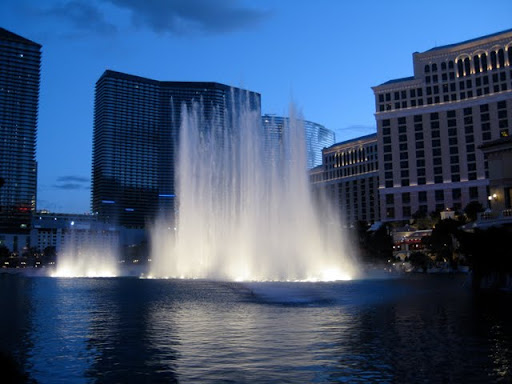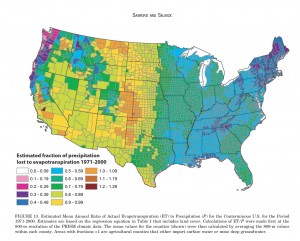From the morning paper, the latest in the struggle to figure out how much water the endangered Rio Grande silvery minnow needs:
According to an analysis by the New Mexico Interstate Stream Commission, the river has only once since the 1990s, in 2005, had enough water to meet the Fish and Wildlife Service’s “conservation objective” for spring runoff high enough to help the endangered minnow’s population recover.
The gap between flow goals and the reality of dry-year flows on the river has led to high-level negotiations among the federal agencies trying to manage the Rio Grande, including the Fish and Wildlife Service, the Bureau of Reclamation and the Army Corps of Engineers.


